Power Monitoring System converts the complex dynamics governing the relationship between power generation and distribution on the utility side, and energy consumption, cost and reliability on the consumer side, into timely, easily understood information. Businesses can use this powerful to improve tactical actions and strategic decision making.
From a single facility to an entire enterprise, Power meters monitor key distribution points 24 hours a day. Whether from generators, substations, service entrances, mains, feeders, loads or 3rd party equipment and systems, Power Monitoring technology tracks, records and reports all real-time conditions and historical performance data. Intuitive web-based interfaces give stakeholders access to this data as well as advanced analytics, alarm annunciation and control capabilities. It supports comprehensive energy management programs by tracking performance and empowering you to make effective decisions.
Power Monitoring helps keep your systems operating continuously and securely with an economical supply of energy. Whether you manage data, communication, transportation or environmental services, minimising the risk of power-related downtime and keeping costs under control is a priority. A Power Monitoring System monitors all power and cooling systems and accurately tracks their energy consumption. Enterprise-level software delivers insightful diagnostics and metrics to help verify the reliability of your backup systems and maximise the use of existing capacity to defer new capital investments. You can also reveal energy inefficiencies and strengthen energy procurement across multiple sites.
Based on the requirements of the client, Power Monitoring can be used for:
- Power Quality Measurement
- Central Power Metering
- Load Management
Power Quality Measurement
Power Quality is a combination of Voltage profile, Frequency profile, Harmonics contain and reliability of power supply. The Power Quality is defined as the degree to which the power supply approaches the ideal case of stable, uninterrupted, zero distortion and disturbance free supply.
When any electrical system fails to meet its purpose, it is time to investigate the problem, find the cause, and ini- tiate corrective action. The purpose of the electrical distribution system is to support proper operation of the loads. When a load does not operate properly, the quality of the electric power in the system should be suspect- ed as one possible cause. Whether it’s used for troubleshooting purposes or to obtain baseline data, measur- ing/analyzing electrical system parameters is called power quality analysis.
Power Quality and Measurement supports providers and energy users with solutions for precise measurement, acquiring and reporting of necessary information so that the power system health can be determined, adapted and improved in a continuous process.
Central Power Metering
With communication technology, it is no longer necessary to be physically present at the site to access information. Data is transmitted by networks through the communication interface which serves as the link between the installation devices and the PC running the operating software. Dedicated application software prepares the information for analysis under the best possible conditions.
Power management software provides a complete power management supervisory interface that gives you access from anywhere to your entire electrical network. It helps you maximise energy efficiency and cut energy-related costs, and increase network-wide operational efficiency. It is ideal for all power critical facilities, including industrial operations, large commercial and institutional buildings, data centres, healthcare sites, and utilities.
The software converts energy-related data into timely, accurate information for you to act on. Power management software provides extensive analysis and reporting tools, intuitive visualization and control interfaces, and flexible, scalable architectures that can meet your unique needs today and continue to do so well into the future.
Load Management
Load management, also known as demand side management (DSM), is the process of balancing the supply of electricity on the network with the electrical load by adjusting or controlling the load. This can be achieved by direct intervention of the system in real time, by the use of Load Monitoring Systems triggering the circuit breakers, by time clocks, or by using special tariffs to influence consumer behavior. Load management allows users to reduce demand for electricity during peak usage times (peak shaving), which can, in turn, reduce costs. Load management can also help supply power to critical and life safety loads when power demand exceeds available power in a system.
Key features of Power Monitoring Systems supplied by AGS
Based on the Client requirements, AGS can supply a tailor made solution, including Supply, installation, Configuration and testing of:
- Power Monitoring Units including CTS, PTs, Meters.
- Data Collectors, Converters & Concentrators.
- PLC and RTU Panels for data logging and Telemetry
- Dedicated software for Power Monitoring system with Customized reports, alarms, etc.



